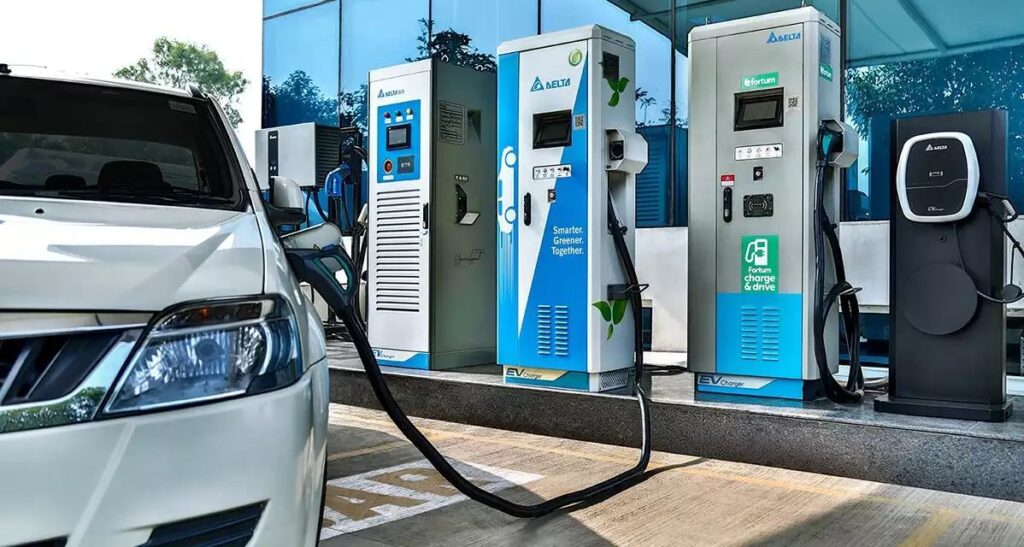A recent report released by “Charging Ahead II” released by GameChanger Law Advisors and Speciale Invest highlights India’s need to establish approximately 3.9 million electric vehicle (EV) charging stations by 2030 to meet its EV adoption targets. Currently, investments in this sector amount to $450 million. Thus far, approximately $450 million have been contributed to the EV charging foundation of India. In any case, with a view to meet demand by the year 2030, the nation will require almost 3.9 million charging stations. This driven target underscores the require for significant monetary commitments and vital planning.
Government Initiatives
The Indian government is actively supporting the development of EV infrastructure through various initiatives, including the FAME scheme and in partnership with private sector players. The EV charging network of India is slated to see huge growth in the next 7 years with many more initiatives and big-ticket investments in place.
The Role of Private Players
Private companies are now coming forward to fast-track India’s EV charging infrastructure. Top companies like Tata Power, Bolt.Earth, and Ather Energy have been increasing their networks, installing charging points across major cities and highways. International players are also looking at opportunities; for example, Shell and BP are among the firms investing in India’s EV ecosystem. A strong partnership between government policies and private sector investment will be very important to achieving the 2030 ambition, ensuring that EV adoption becomes ever more accessible to the consumer.
Challenges Ahead
The high upfront cost of DC chargers and electricity is a major challenge. For instance, the cost of DC chargers can range from INR 300,000 (approximately USD 3,575) to INR 3 million (approximately USD 35,700). In addition, installation and grid upgrade costs can be higher than the hardware costs sometimes, and this can go up to INR 500,000 (approximately USD 6,000) to INR 700,000 (approximately USD 8,335) for a 60-kW DC charger. These costs can be very high, especially in tier 1 cities in India.
Looking Ahead
Meeting the 2030 target will require the Indian government to focus on bringing down costs, simplifying the regulatory environment, and encouraging public-private partnerships. Borrowing from the lessons of the leading countries in the EV race, India could use the insights gained in mixing its own recipe for successful EV adoption with a supportive confluence of government incentives, PPPs, and clear regulations; streamline permits, land acquisition, and charging standards, and strengthen and make the charging network efficient.


1 Comment
Pingback: Jio-bp Targets Installing 30,000 EV Charging Points by 2030